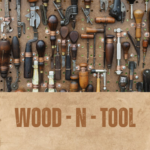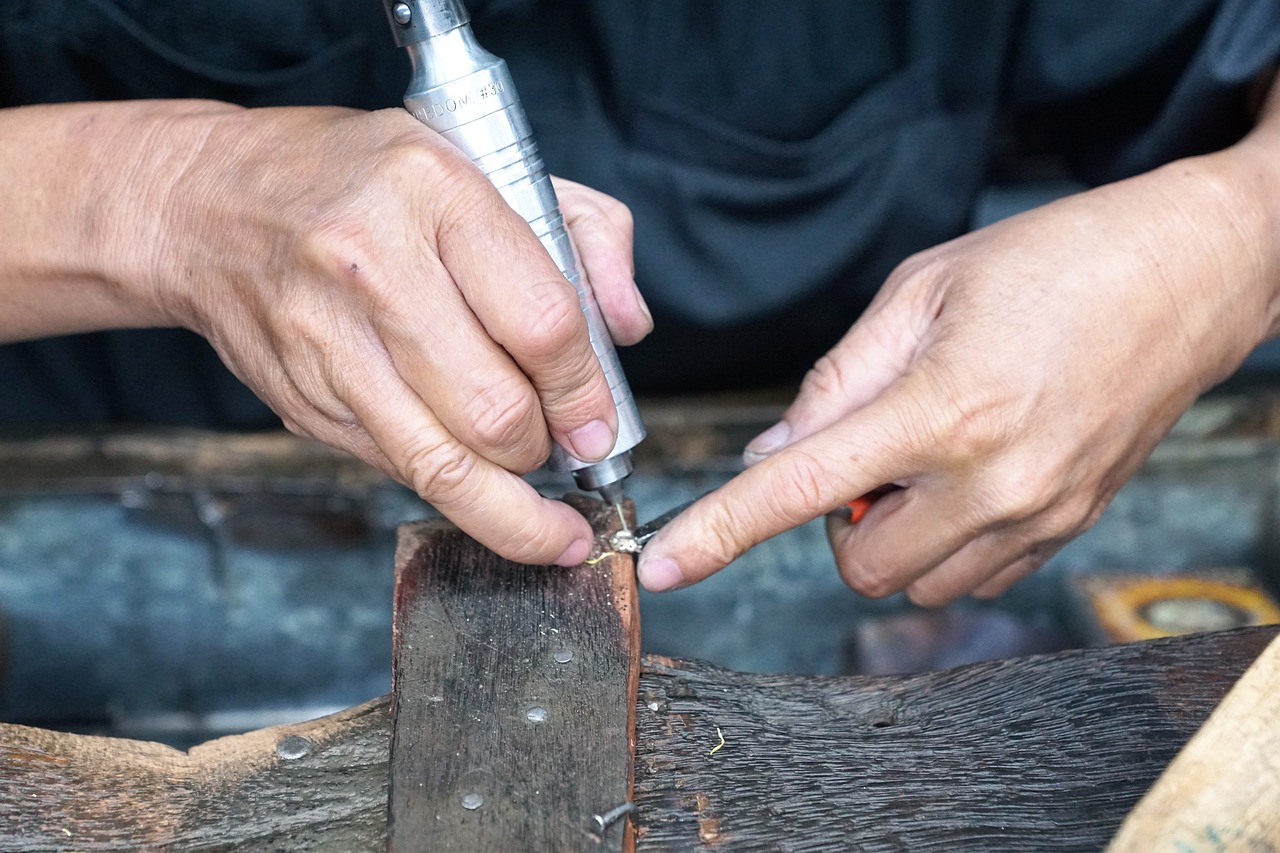To master measuring and marking in woodworking, here are some effective ways to improve your skills:
1. Study and Understand Measurement Tools: Familiarize yourself with the various measurement tools used in woodworking, such as tape measures, rulers, combination squares, calipers, and marking gauges. Learn their features, how to use them accurately, and understand their limitations. Study their scales and markings to ensure you interpret measurements correctly.
2. Practice Accurate Measurement: Practice measuring various lengths and dimensions on scrap wood or practice pieces. Take measurements multiple times to verify consistency and accuracy. Pay attention to the position of the measuring tool and ensure it’s aligned properly. Aim for precision by refining your technique over time.
3. Learn Marking Techniques: Explore different marking techniques such as pencil lines, knife lines, marking gauges, and marking knives. Experiment with these methods to find what works best for you. Practice marking lines accurately along the grain and across different surfaces of the wood. Develop a steady hand and control while marking.
4. Use Layout Aids: Utilize layout aids like story sticks, templates, jigs, and marking guides. These tools can help you maintain consistency and accuracy when marking repetitive measurements or complex layouts. They act as visual guides and reduce the chances of errors.
5. Seek Feedback and Learn from Mistakes: Show your work to experienced woodworkers or join woodworking communities where you can receive feedback on your measuring and marking skills. Analyze any mistakes or discrepancies in your work and learn from them. Mistakes are opportunities for growth, so embrace them as valuable lessons.
6. Maintain and Calibrate Tools: Ensure your measurement tools are in good condition and properly calibrated. Check for accuracy by comparing measurements with a known reference. Keep your measuring tools clean and free from dirt or debris that could affect their accuracy.
7. Take on Measuring Projects: Challenge yourself with projects that require precise measurements and marking. This could involve building small boxes, furniture components, or intricate joinery. The more you practice measuring and marking, the more comfortable and proficient you’ll become.
Remember, mastering measuring and marking in woodworking takes time and practice. Be patient, focus on improving your technique, and continuously strive for accuracy. Over time, you’ll develop a keen eye and instinct for measuring accurately, which will greatly benefit your woodworking projects.

